The natural world is filled with extraordinary phenomena that often escape our limited human vision. One of the most fascinating examples is how certain birds exhibit fluorescence under ultraviolet (UV) light – glowing in ways invisible to the naked human eye. While humans can see only the visible light spectrum, many birds can perceive ultraviolet light as part of their natural vision. This remarkable adaptation has led to the evolution of UV-reflective and fluorescent features in various bird species, serving purposes from mate selection to species recognition. The discovery of avian fluorescence has revolutionized our understanding of bird biology, communication, and evolution, revealing a hidden dimension of the avian world that has existed in plain sight all along.
The Science Behind Avian Fluorescence
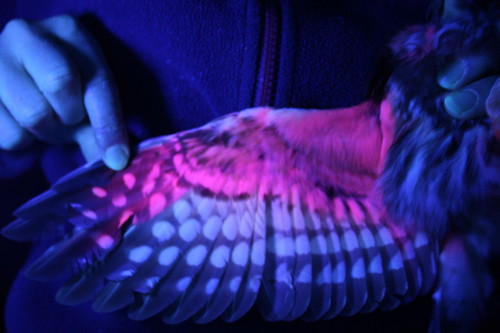
Fluorescence occurs when objects absorb light of one wavelength and emit it at a longer wavelength, effectively converting invisible UV light into visible light. In birds, this phenomenon happens when specialized structures in feathers, bills, or skin contain molecules that can absorb UV radiation and re-emit it as visible light. Unlike simple UV reflection, which is common across many bird species, true fluorescence involves this energy conversion process. Scientific research has confirmed that this fluorescence is not merely incidental but often serves specific biological functions. The intensity of fluorescence can vary dramatically between species, with some showing subtle effects visible only with specialized equipment, while others display dramatic, vibrant glows under UV illumination that can be easily photographed.
Budgerigars: The Glowing Parakeets
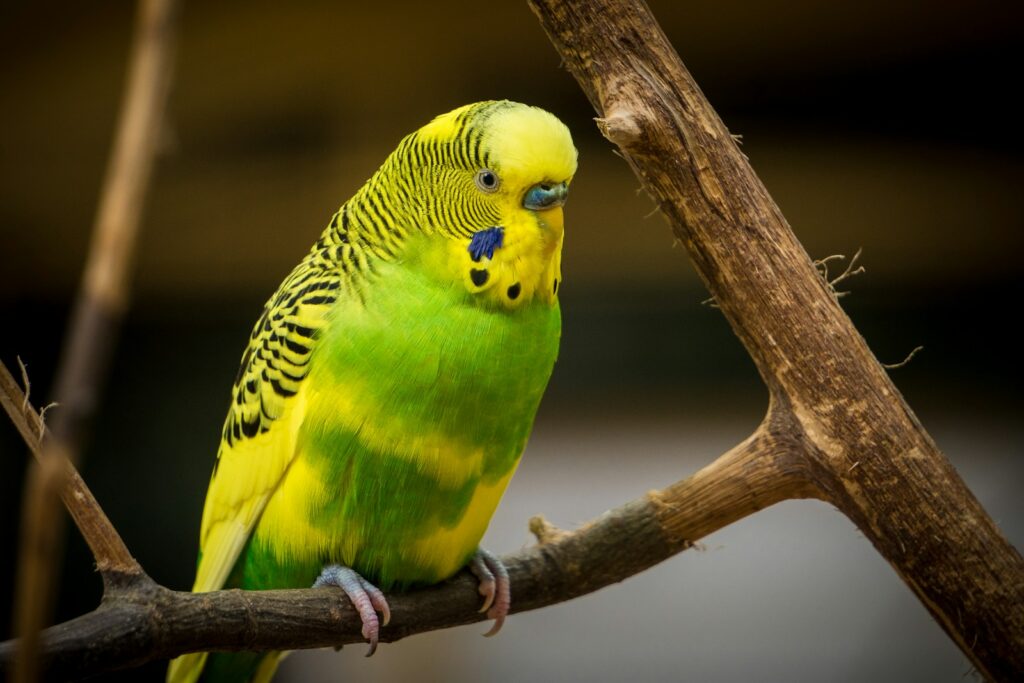
Budgerigars, commonly known as budgies or parakeets, are among the most well-studied birds exhibiting fluorescence. Under UV light, these popular pet birds display dramatic yellow fluorescence in their crown and cheek feathers. This fluorescence comes from a class of compounds called psittacofulvins, pigments unique to the parrot family. Research has demonstrated that budgies can see this fluorescence, and it plays a significant role in mate selection. Female budgerigars show clear preferences for males with stronger fluorescent patterns, suggesting these hidden signals communicate genetic quality or overall health. The intensity of fluorescence can vary between individual birds, creating a visual signaling system invisible to most predators but clear to potential mates.
Puffins and Their Fluorescent Beaks
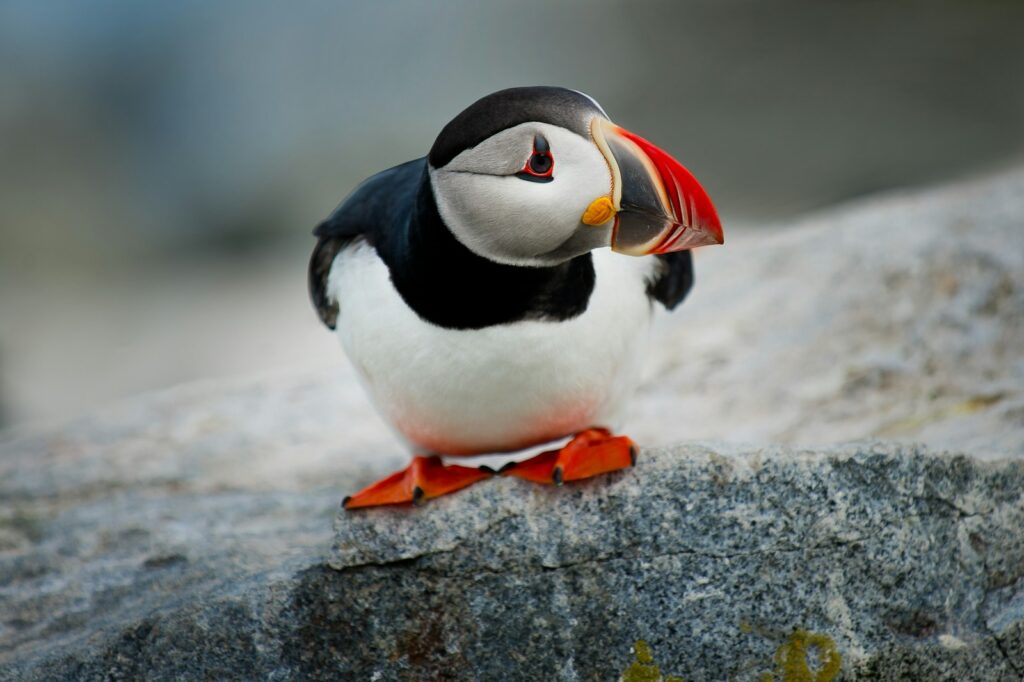
Atlantic puffins represent one of the most remarkable examples of avian fluorescence discovered in recent years. Scientists were astonished to find that the colorful bills of these seabirds glow brilliantly under UV light, creating striking patterns invisible in normal lighting conditions. The fluorescent properties appear to come from specialized proteins in the horny outer covering of their bills. This discovery was particularly surprising given that puffins’ bills were already considered highly ornamental and colorful in visible light. Researchers believe this additional layer of signaling might help puffins recognize potential mates in the challenging low-light conditions of their breeding colonies or serve as a display of individual quality. This fluorescence adds yet another dimension to the already charismatic appearance of these beloved seabirds.
The Fluorescent World of Parrots
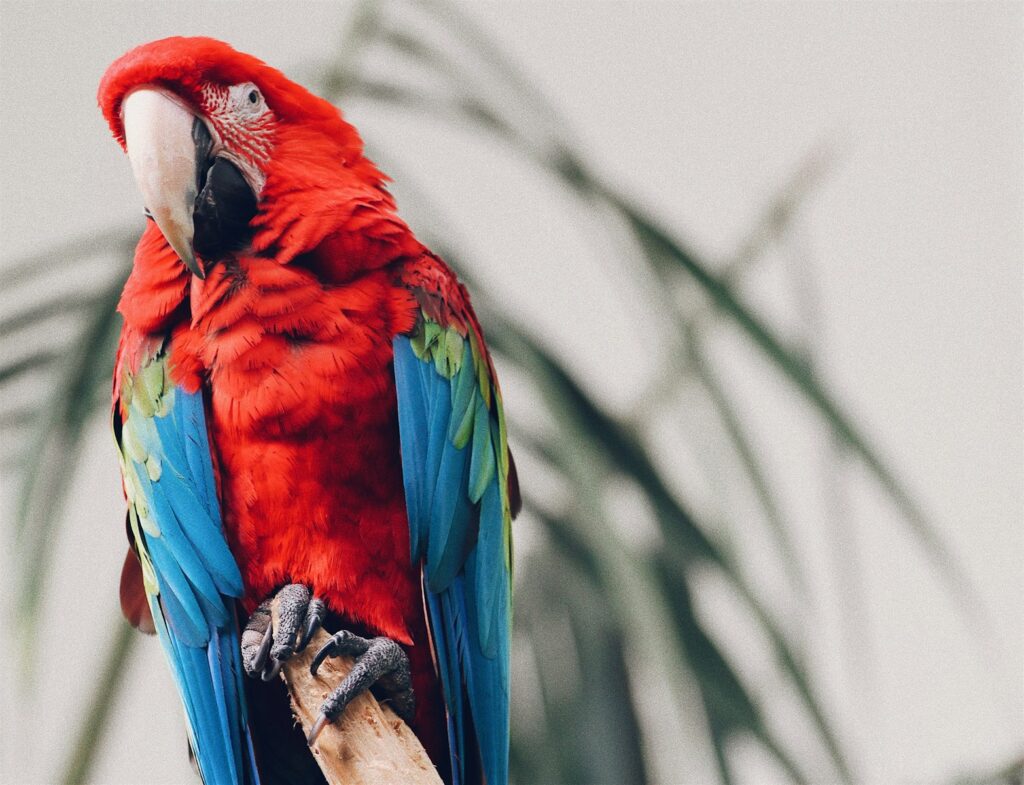
Beyond budgerigars, many parrot species exhibit stunning fluorescence under UV light due to their unique feather pigments. Macaws, cockatiels, and African grey parrots all display various patterns of fluorescence, primarily in their head and facial feathers. The specialized psittacofulvin pigments found exclusively in parrots not only create their bright visible colors but also produce spectacular fluorescent effects under UV illumination. Unlike many other birds that might show fluorescence from external sources or structural features, parrot fluorescence comes directly from these inherent pigments. Scientists believe this widespread fluorescence across the parrot family serves complex social communication purposes, helping individuals recognize species members, potential mates, and possibly even communicate emotional states. The intensity and patterns of fluorescence can vary significantly between different parrot species, creating unique “signatures” for each.
Owls: Fluorescence in Nocturnal Hunters
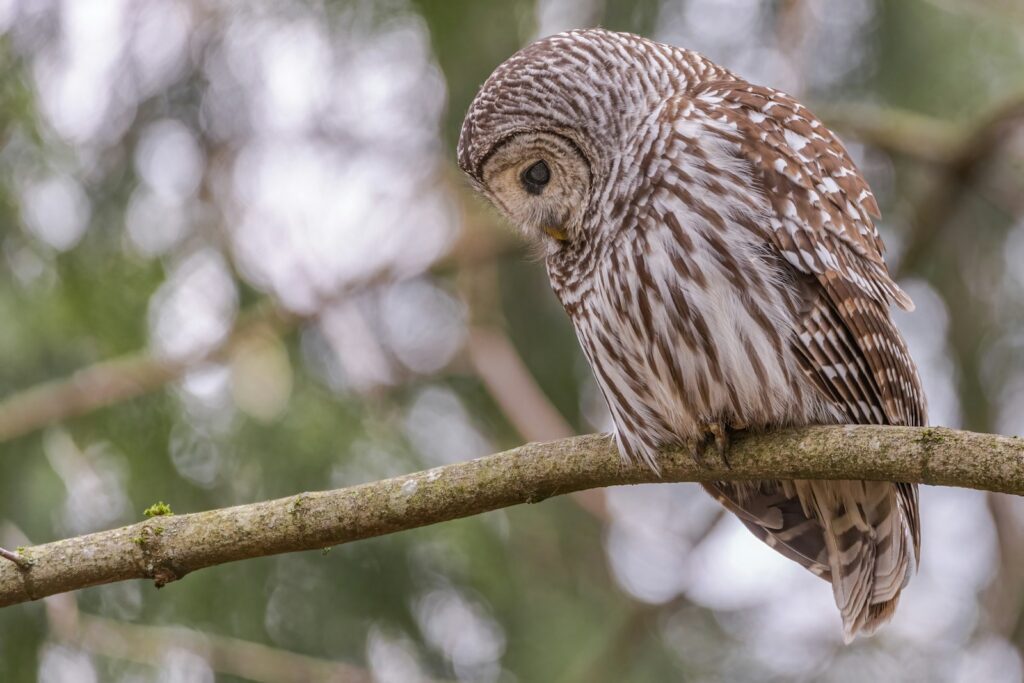
Several owl species demonstrate fascinating fluorescent properties that have only recently come to scientific attention. Under UV light, certain feathers on species like the Eastern screech owl and barred owl emit a pink-to-red fluorescence. This fluorescence appears strongest in areas that would be exposed during typical owl displays, suggesting a potential role in communication. What makes owl fluorescence particularly interesting is its presence in nocturnal birds, where UV light from the moon and stars could potentially make these signals visible during their active hours. Some researchers hypothesize that this fluorescence might also help owls recognize members of their own species in low-light conditions, or it could serve as a form of camouflage by breaking up their silhouette against fluorescent elements in their environment. The discovery challenges previous assumptions about visual communication in nocturnal birds.
Crested Auklets and Their Scented Glow
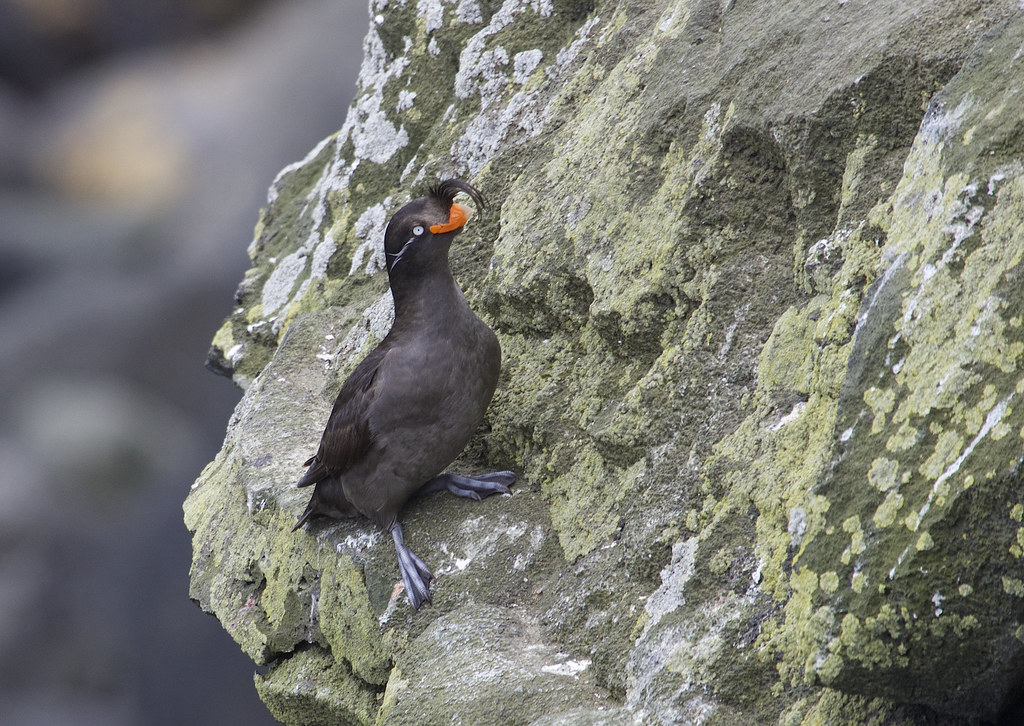
Crested auklets represent a fascinating case where both chemical and visual signals combine in a fluorescent display. These seabirds possess specialized feathers around their crest and face that fluoresce under UV light, creating a distinctive pattern. Remarkably, these same regions also emit a citrus-like scent during breeding season that plays a role in mate attraction. Scientists believe the correlation between these scented regions and fluorescent properties is not coincidental but represents a multi-sensory signaling system. The fluorescent feathers may help draw attention to the scented areas, creating a combined visual and olfactory display that communicates individual quality to potential mates. This sophisticated dual-signaling system highlights the complex ways birds have evolved to communicate in their environments.
Penguin Feathers Under UV Light
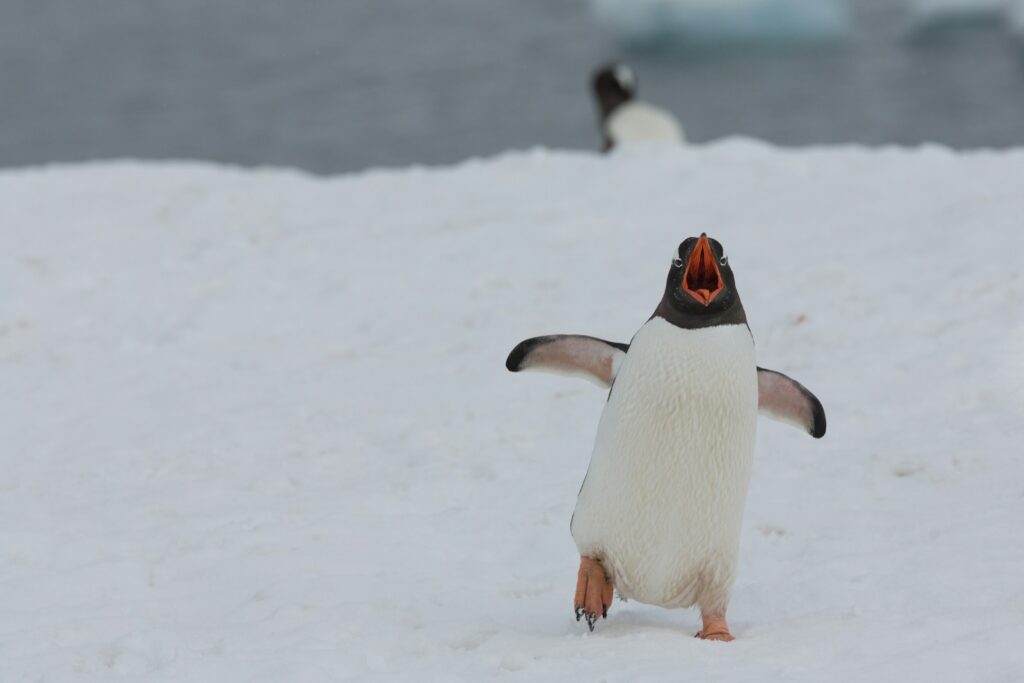
Several penguin species exhibit surprising fluorescent properties in their black and white plumage when viewed under UV illumination. Researchers have documented that the black feathers of king penguins and others emit a subtle blue-to-green fluorescence under UV light, creating patterns invisible under normal lighting conditions. This fluorescence appears to come from unique pigments that may help penguins stand out against the snow and ice of their environments when viewed by other penguins with UV-sensitive vision. Some scientists speculate that these fluorescent patterns might help penguins find their way back to specific nesting sites within crowded colonies containing thousands of nearly identical-looking birds. The discovery of penguin fluorescence was particularly unexpected since their plumage had been extensively studied for thermal properties, yet this visual component remained hidden until recently.
Pitohuis: Fluorescence in Toxic Birds
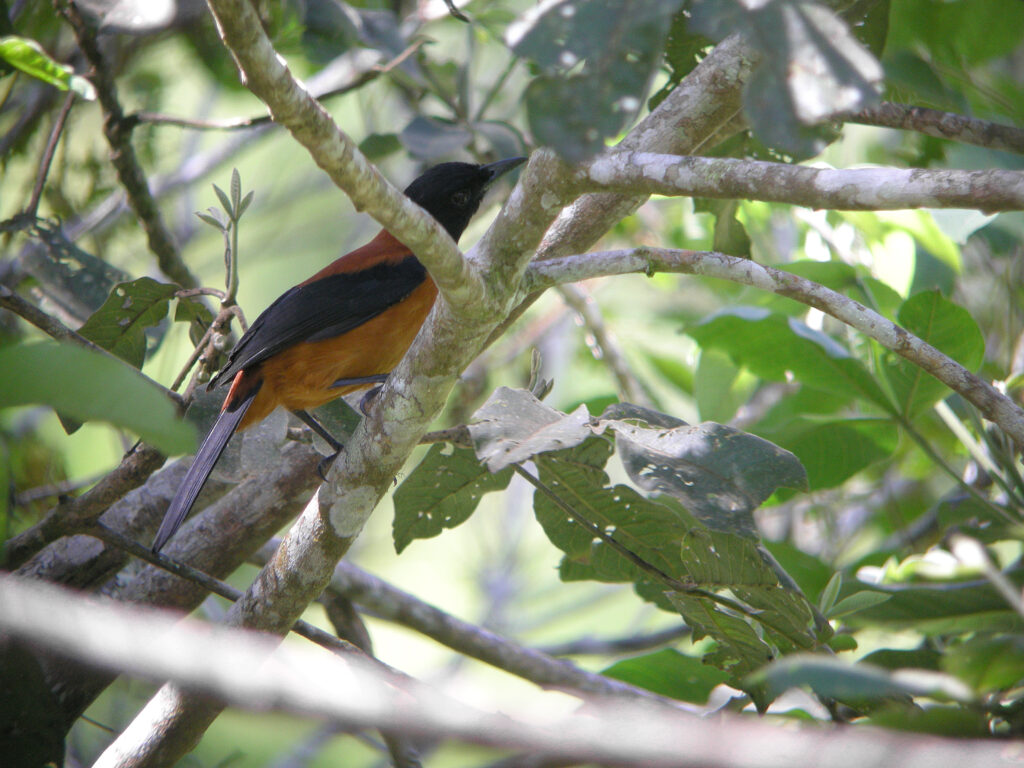
Pitohuis, a genus of birds native to New Guinea, present a fascinating case where fluorescence appears connected to toxicity. These birds are known for containing batrachotoxin, the same powerful neurotoxin found in poison dart frogs, which they acquire from their beetle diet. Under UV light, certain feathers of these birds fluoresce brightly, potentially serving as aposematic (warning) signals to potential predators. The correlation between their toxic nature and fluorescent feathers suggests an evolutionary adaptation where the hidden visual signal warns of danger, much like the bright visible coloration of other poisonous animals. Researchers continue to study whether the intensity of fluorescence might correlate with the level of toxicity in individual birds, potentially creating a honest signaling system about how dangerous each bird might be to predators.
Hummingbirds’ Dazzling UV Display

Hummingbirds possess some of the most spectacular fluorescent displays in the avian world, particularly in their gorget feathers (the colorful throat patches on males). Under UV light, these already iridescent feathers emit intense fluorescence that creates dramatic visual signals visible to other hummingbirds. The fluorescence comes from both pigments and the complex structural arrangements of the feathers themselves, which can manipulate light in sophisticated ways. Male hummingbirds use these gorget displays in elaborate courtship rituals, where the angle of light hitting the feathers creates flashing signals that can be precisely controlled by the bird’s movements. The combination of iridescence and fluorescence creates an extraordinarily complex visual signal that can communicate the male’s quality, species identity, and even his current motivational state to watching females.
Kingfishers’ Fluorescent Feathers
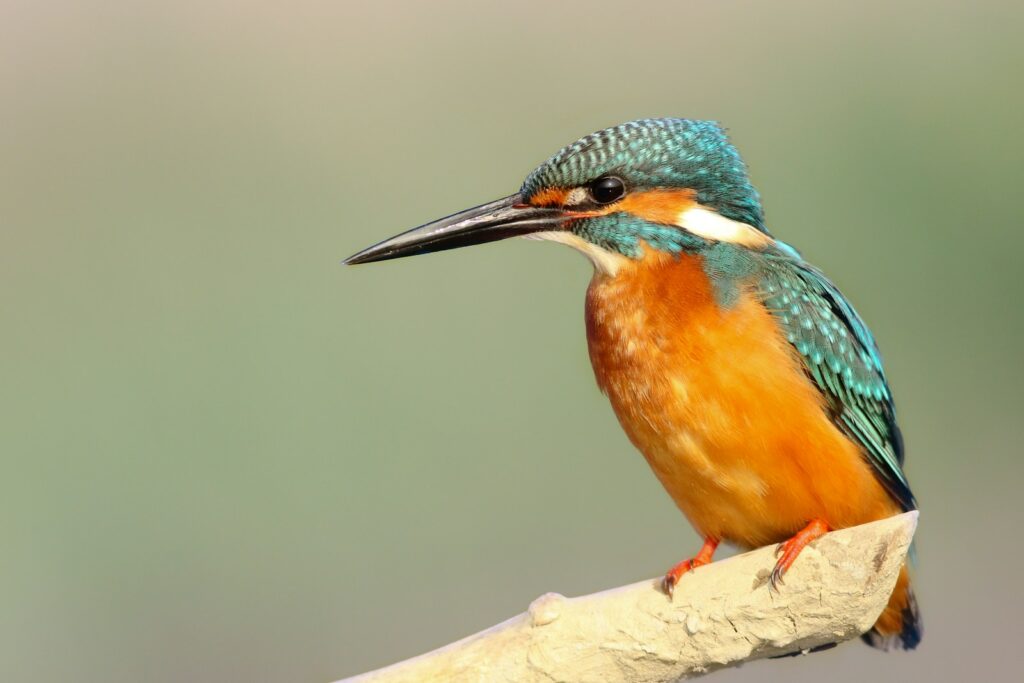
Multiple kingfisher species display striking fluorescence patterns in their brilliant blue plumage when exposed to UV light. The vibrant blue back feathers of common kingfishers, belted kingfishers, and related species emit an intense blue-to-green fluorescence that enhances their already spectacular coloration. This fluorescence results from a combination of structural colors and specialized pigments that interact with UV radiation. Researchers believe the fluorescent properties may enhance the visibility of these birds to potential mates, especially in their forest or water-edge environments where dappled light conditions prevail. The fluorescent blue may also create enhanced contrast against water surfaces when viewed from above, potentially helping kingfishers better judge diving distances when hunting fish. This practical advantage would represent a rare case where fluorescence serves both signaling and hunting functions.
Flamingos: Pink Fluorescence
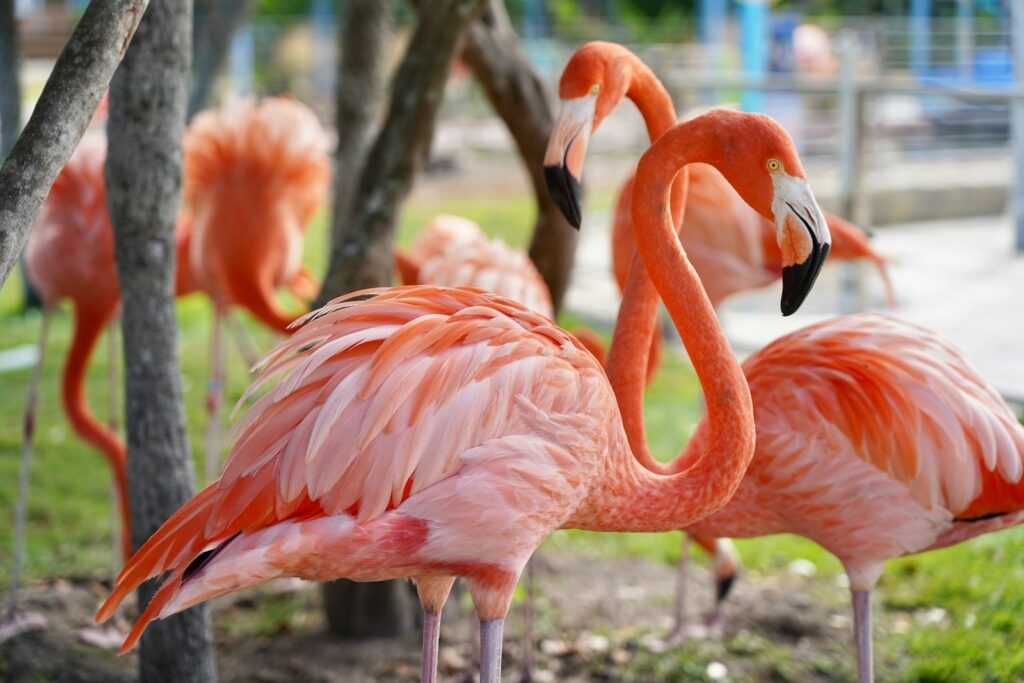
Flamingos exhibit a particularly striking form of fluorescence that enhances their already iconic pink coloration. Under UV light, their feathers emit an intense pink-to-orange fluorescence that significantly amplifies their visual signal. This fluorescence stems from carotenoid pigments acquired through their diet of algae and small crustaceans, which contain natural fluorescent compounds. The intensity of a flamingo’s fluorescence correlates strongly with its diet quality and overall health, potentially serving as an honest signal of individual fitness to potential mates. Researchers have noted that the fluorescent properties are strongest in breeding-age birds and most intense during mating season, suggesting a direct role in sexual selection. The collective effect of hundreds or thousands of fluorescent flamingos in a colony creates a spectacular visual display that would be visible to other flamingos with their UV-sensitive vision.
The Evolutionary Purpose of Avian Fluorescence
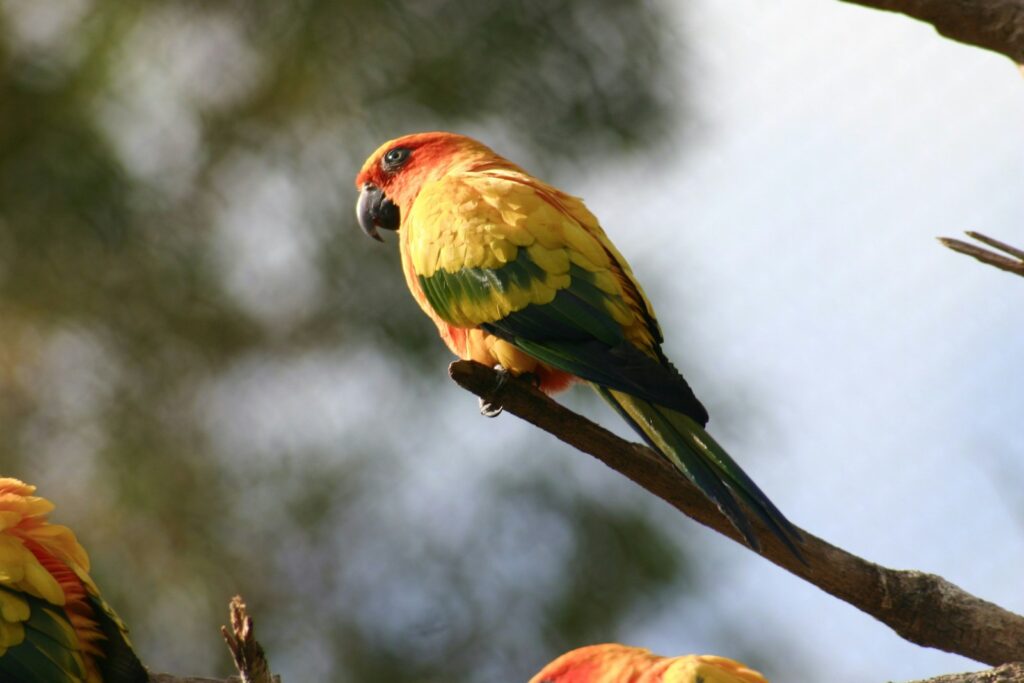
The widespread presence of fluorescence across diverse bird families suggests multiple independent evolutionary origins of this trait, pointing to its significant adaptive value. Scientists have identified several likely functions for avian fluorescence, with sexual selection appearing to be the most common driver. Fluorescent signals can provide honest indicators of a bird’s health, diet quality, and genetic fitness in ways that are difficult to fake, making them reliable markers for mate choice. Beyond reproduction, fluorescence may serve in species recognition, helping birds quickly identify members of their own kind in mixed flocks or crowded colonies. In some cases, fluorescence might function in predator avoidance, either by startling predators with sudden bright displays or by creating visual confusion through changing patterns. The precise evolutionary pathways remain an active area of research, with new discoveries regularly expanding our understanding of this remarkable adaptation.
Studying Avian Fluorescence: Methods and Challenges
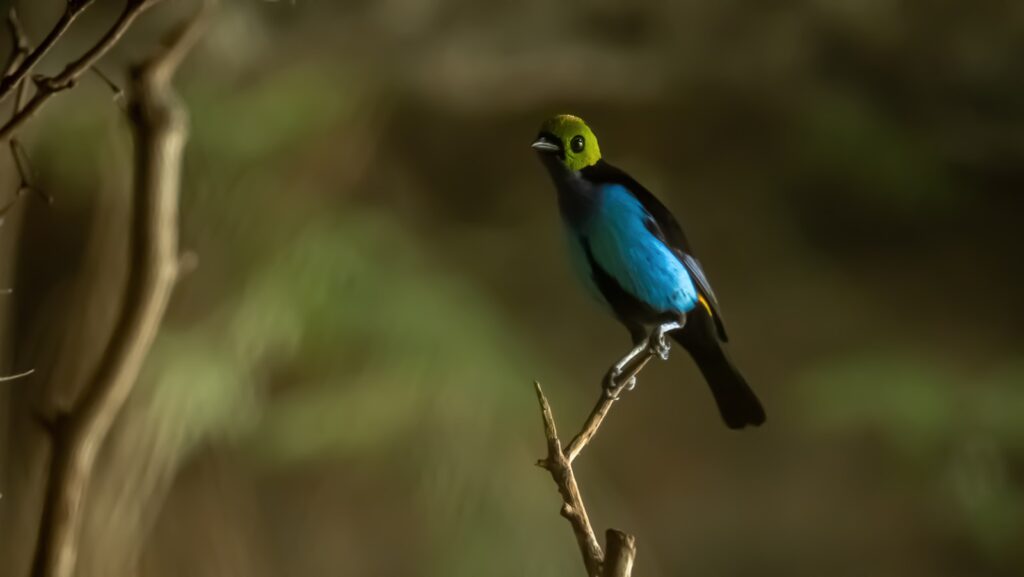
Researching bird fluorescence presents unique challenges requiring specialized equipment and methodologies. Scientists typically use high-quality UV light sources and special filters to observe and document fluorescence patterns while protecting both human eyes and the birds from harmful UV exposure. Photography of fluorescent features requires modified cameras capable of capturing both UV reflectance and the resulting visible fluorescence, often necessitating long exposure times in controlled environments. Field research presents additional complications, as natural UV conditions vary dramatically with weather, time of day, and habitat. Researchers must also consider the bird’s perspective, as avian vision differs significantly from human vision, with birds able to see both UV light and the resulting fluorescence simultaneously. Behavioral experiments using controlled UV environments have proven particularly valuable in determining whether birds actually perceive and respond to these fluorescent signals in meaningful ways.
The Future of Avian Fluorescence Research
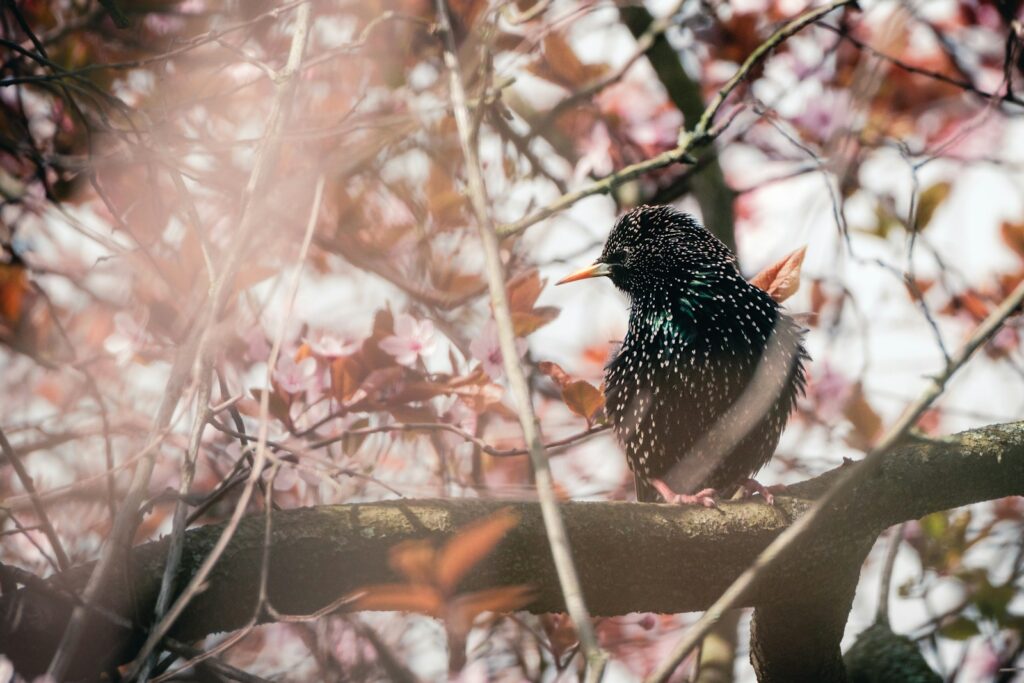
The study of bird fluorescence remains a rapidly evolving field with numerous exciting directions for future research. Scientists are increasingly using genomic approaches to identify the genetic basis for fluorescent pigment production, which may reveal evolutionary connections between seemingly unrelated fluorescent species. Advanced imaging technologies, including drone-mounted UV cameras, are beginning to allow observation of fluorescence patterns in wild birds without disturbance, potentially revealing how these signals function in natural contexts. Conservation applications are also emerging, as fluorescence patterns can sometimes help identify species or subspecies that appear identical under visible light, aiding in monitoring endangered populations. As climate change alters light conditions in many habitats through changing cloud cover and vegetation, researchers are also beginning to study how these changes might impact the effectiveness of fluorescent signaling systems that evolved under different conditions. The intersection of fluorescence research with other fields like behavioral ecology, genetics, and conservation biology promises rich new insights in the coming years.
The discovery that numerous bird species glow under UV light has opened a fascinating window into an aspect of avian biology that remained hidden for centuries of scientific study. From the brilliant fluorescence of parrot feathers to the subtle glows of penguin plumage, these hidden signals play critical roles in bird communication, mate selection, and potentially even survival strategies. As research techniques continue to advance, we can expect to uncover even more species that possess this remarkable trait and develop a deeper understanding of how these invisible signals function in the avian world. The next time you observe birds in your backyard or at a wildlife sanctuary, remember that you’re seeing only part of their visual reality – beneath the surface lies a luminous dimension of communication that has been invisibly unfolding all along, accessible only through the remarkable UV vision that many birds possess.
